

Saxony Rulers

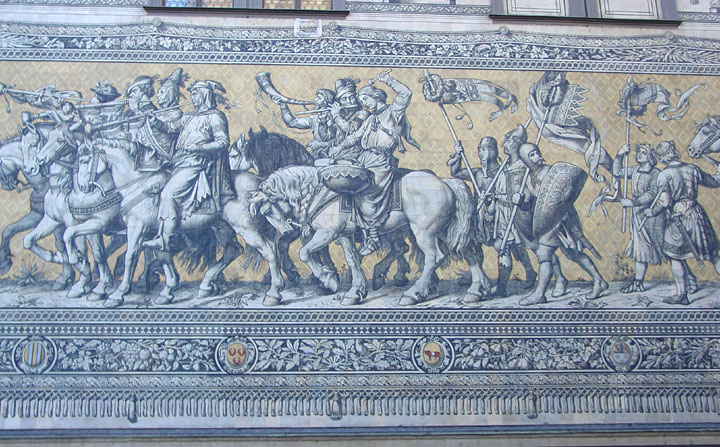
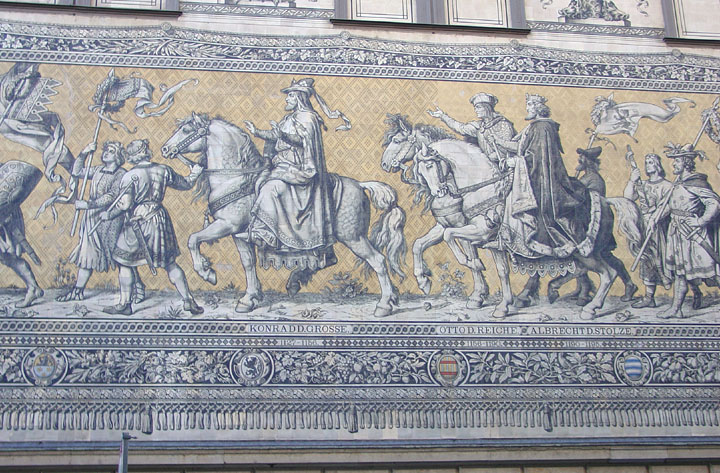
Konrad the Grosse Otto
the Reiche Albrecht the Stolze
1127 - 1154 1156 - 1190
1190 - 1196
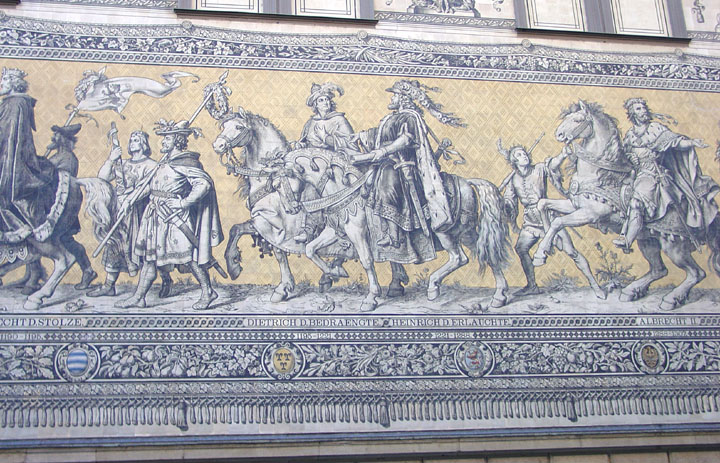
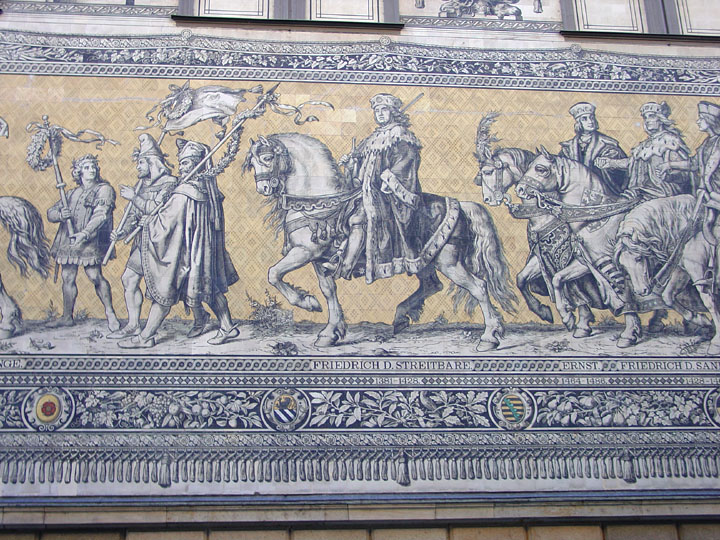
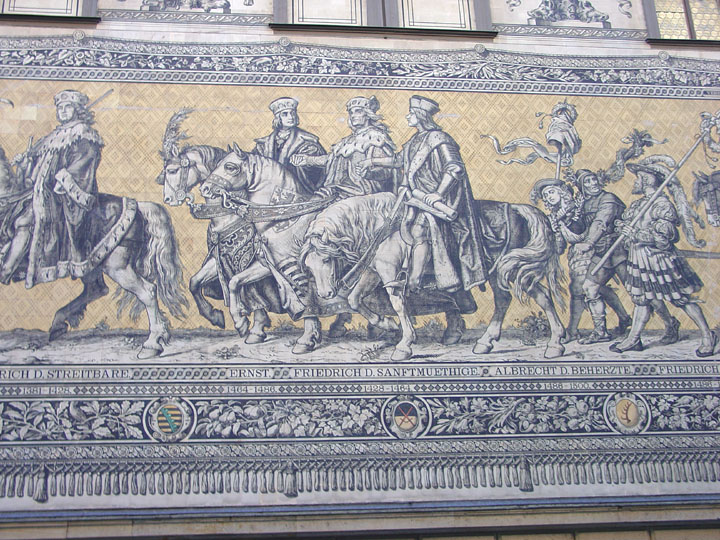
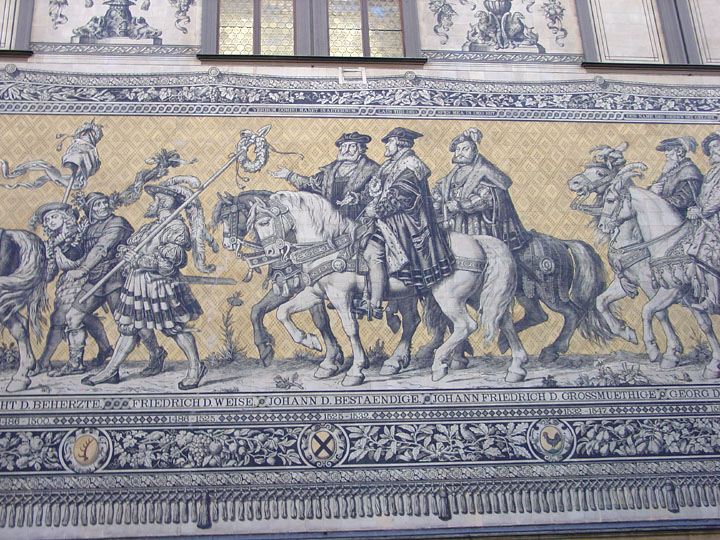
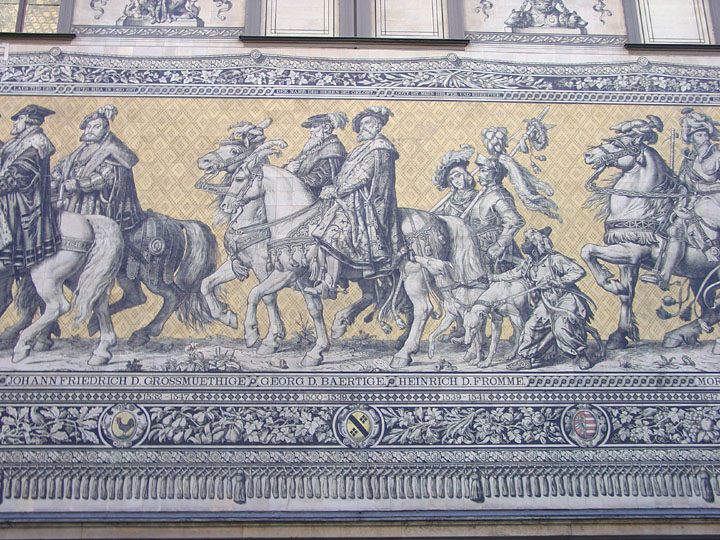
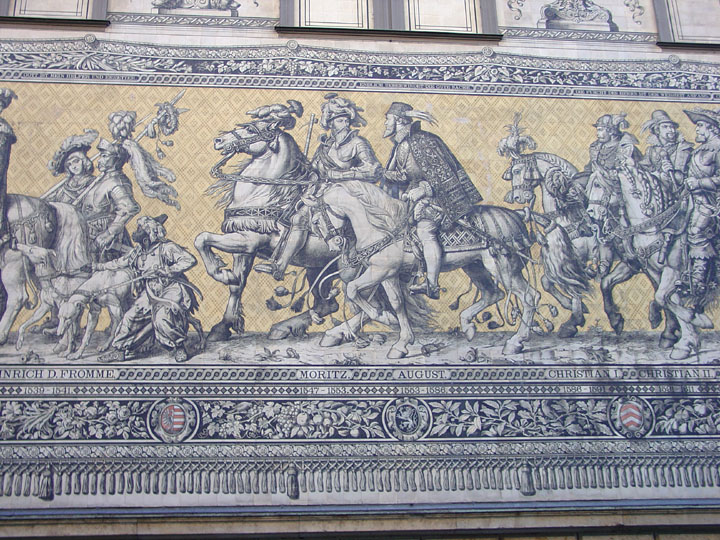
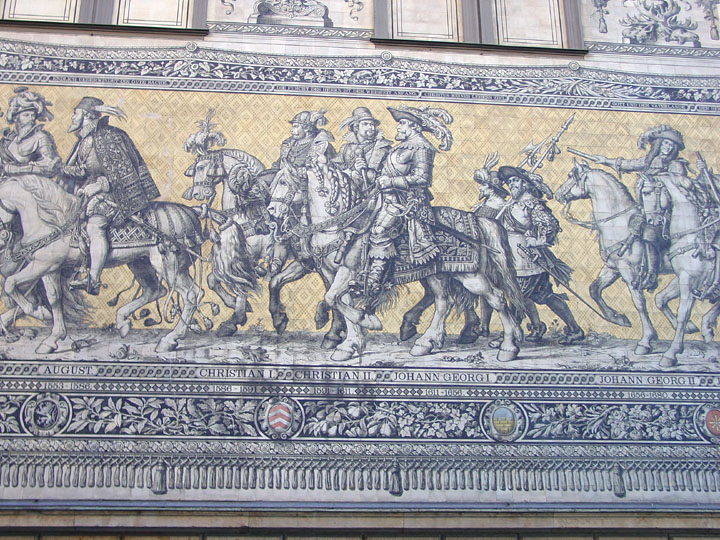
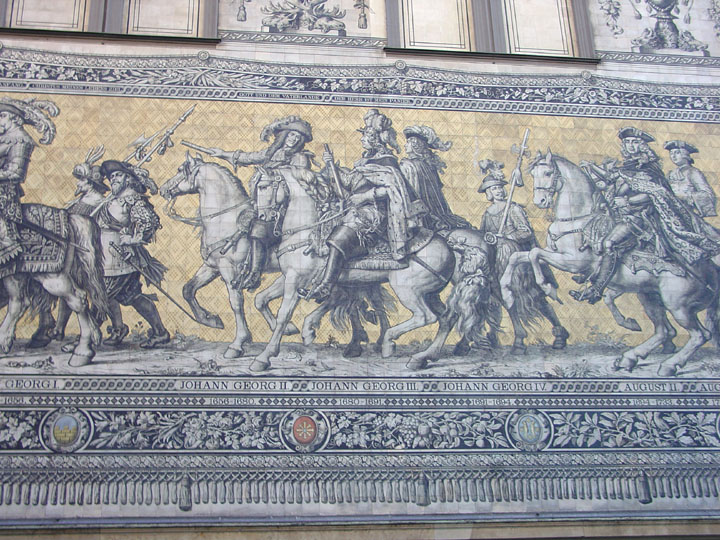
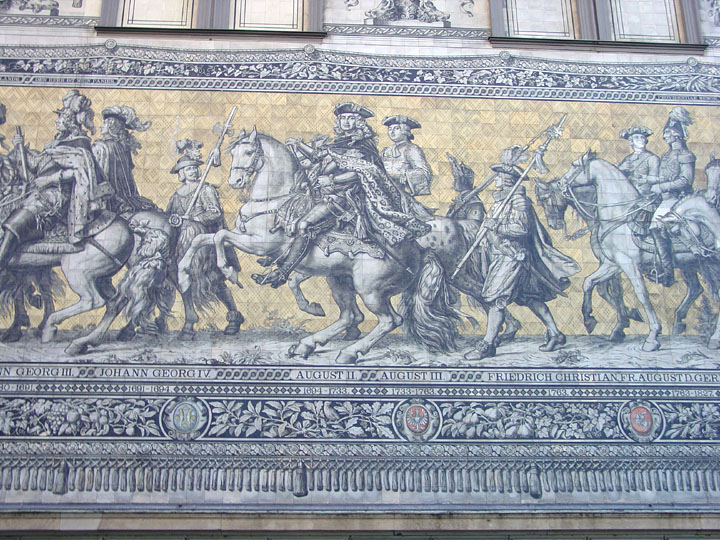
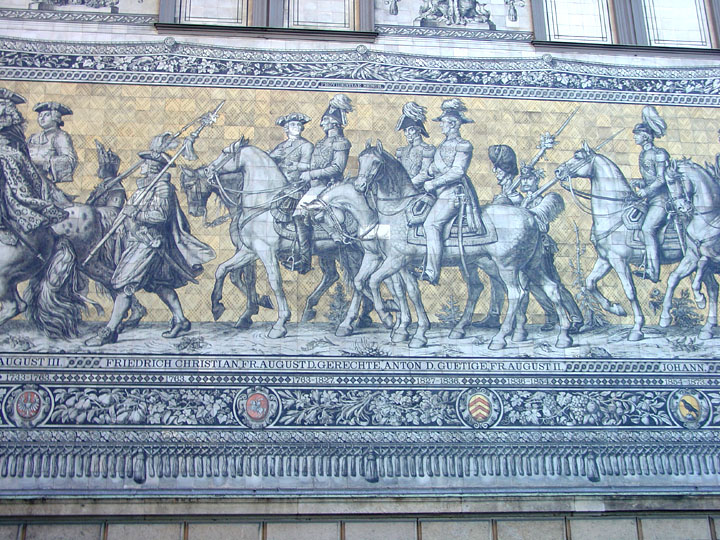
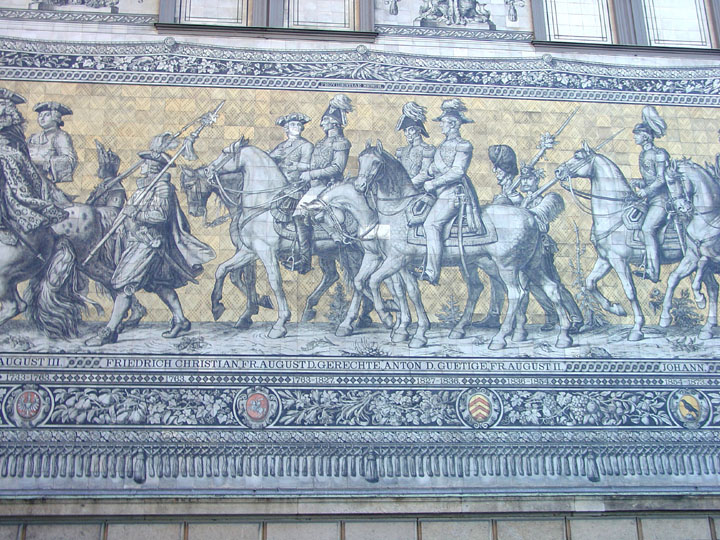
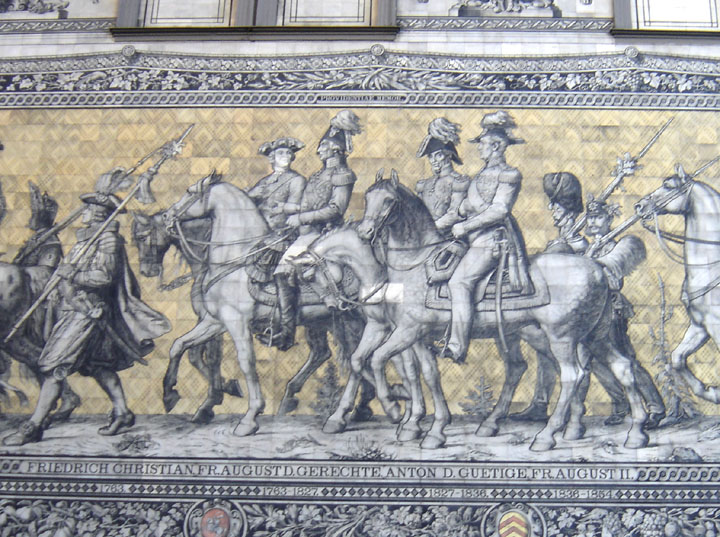
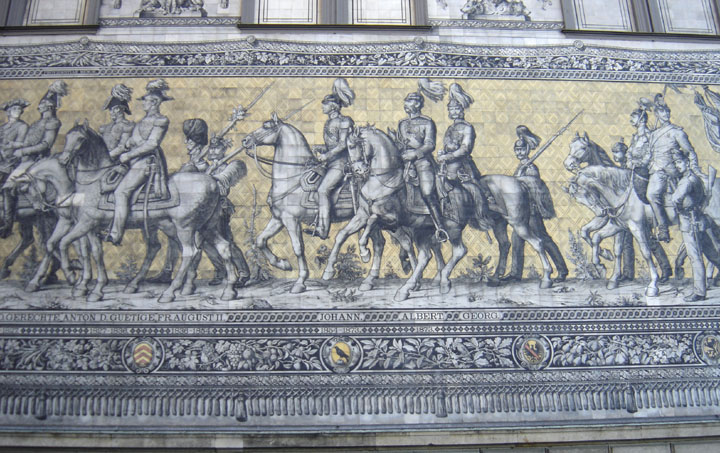
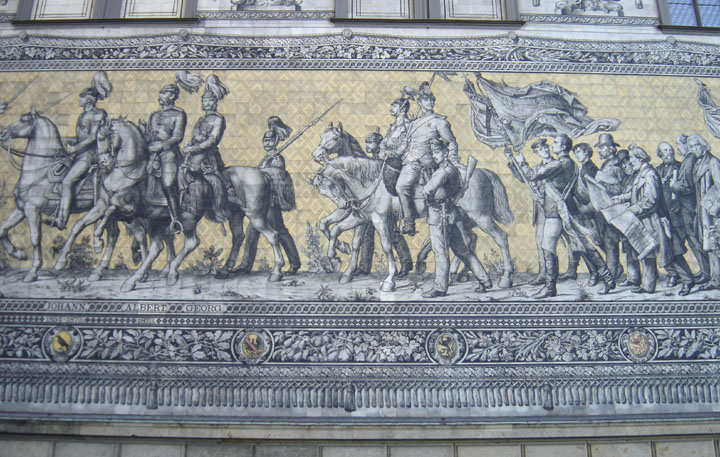
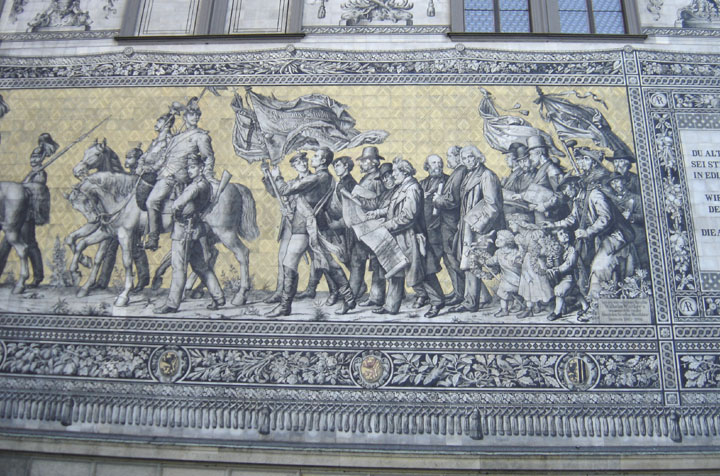
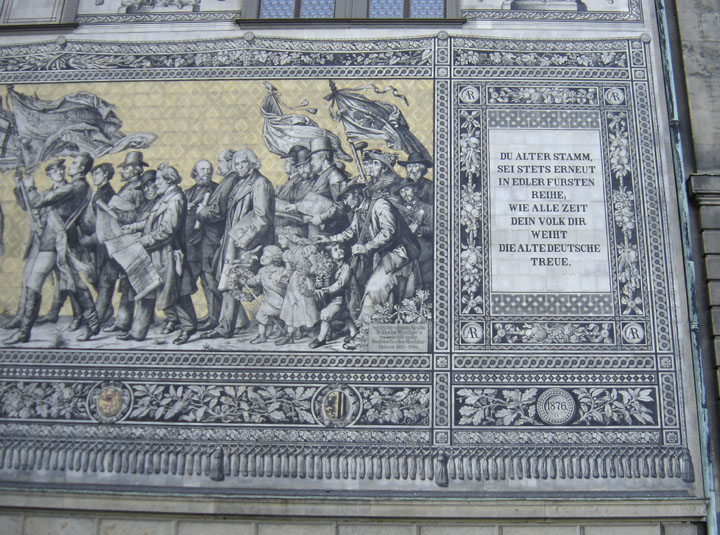
SAXONY
The Franks under Charlemagne slowly conquered the pagan Saxon tribes (782-804). The Saxons were initially subsumed by the Frankish Empire, but emerged as a separate kingdom during the Carolingian fragmentation that followed.
888 -918
Saxony emerges as one of the more powerful stem duchies in East Francia (kings of Germany), once the formal split is made between East and West Franks. The earliest dukes seize the throne of East Francia and under Otto I create what comes to be known the Holy Roman Empire.DUCHY & KINGDOM OF SAXONY
AD 888 - 962
880 - 912
Otto the Illustrious912 - 936
Henry I the Fowler King of the Saxons (918-936).936 - 973
Otto I the Great King. First Emperor of German Roman Empire (962-973).962 -1025
Otto's line continues as Holy Roman Emperors.DUCHY OF SAXONY
AD 962 - 1260
There came to be some conflict in Saxony between the Hohenstaufen and Welf dukes. The former went on to become HREs while the latter seemed to lose out and were granted the Duchy of Brunswick as compensation.
962 - 973
Hermann Billung973 - 1011
Bernard I1011 - 1059
Bernard II1059 - 1072
Ordulf1072 - 1106
Magnus1106 - 1127
Lothar II of Germany HRE (1125-1137).1127 - 1138
Henry II (IV) Welf, the Proud Duke Henry XI of Bavaria.1138 - 1142
Albert I the Bear Gained the Margraviate of North March & formed Brandenburg.1142 - 1180
Henry III (V) Welf, the Lion Duke Henry XII of Bavaria.1180 - 1212
Bernard III1212 - 1260
Albert II Margrave of Brandenburg (1205-1260).1260 - 1356
Interregnum? During this period the feud between the Hohenstaufens and Welfs reaches its peak. Saxony is divided between Saxe-Lauenberg (in the west) and Saxe-Wittenberg (in the east). Only the eastern part retains its name, and is much reduced in stature, now being a mere Electorate.ELECTORATE OF SAXONY
AD 1356 - 1806
The title of the duchy of Saxony had passed to the Margraves of Meissen, a march county between the original Saxon lands and Poland. Later Saxony was situated east and south of the original duchy. The original duchy lands eventually became known as Upper Saxony, and were subsumed within Westphalia. The newer lands around the Lower Elbe became Lower Saxony, and this is where the name survived until the end of the German Empire.
As with many German states, territory began to be divided with formal and permanent divisions between heirs, and some of these were never undone by succeeding generations. There could be as many dukes as there were heirs, but only one of them could retain the title Elector of Saxony. So the first division of Saxony was between Electorate and Duchy. Saxe Weimar became Saxony's principle duchy, and was eventually elevated to a grand duchy.
1356 - 1370
Rudolf II of Saxe-Wittenberg1370 - ?
Wenceslaus? - 1419
Rudolf III d.1419.1419 - 1422
Albert III1423 - 1428
Frederick I the Warlike Duke & Elector.1439 - 1482
William III Rival Duke of Luxemburg (1439-1482).1428 - 1464
Frederick II the Gentle Elector. Ruled in absentia?1464
The electorate's territory is divided between Ernest and Albert. Ernest's line holds the electorship for a few generations before the Albertines gain precedence.1464 - 1486
Ernest Elector. Founder of the Line of Ernestine.1464 - 1500
Albert the Bold Duke. Founder of the Line of Albertine.1473 - 1541
Henry the Pious Albertine, Duke.1486 - 1525
Frederick III the Wise Ernestine, Elector.1500 - 1539
George the Bearded Albertine, Duke.1525 - 1532
John the Constant Ernestine. Elector.1532 - 1547
John Frederick the Magnanimous Ernestine Elector. Duke (1532-1554).1547
The Albertines gain the electorship and retain it permanently.1547 - 1553
Maurice Albertine Duke (1541-1553).
1554 - 1595
John Frederick II Ernestine Duke. John William Ernestine Duke of Saxe-Weimar (1572-1573).1553 - 1586
Augustus1586 - 1591
Christian I1591 - 1611
Christian II1611 - 1656
John George I1656 - 1680
John George II1680 - 1691
John George III1691 - 1694
John George IV1694 - 1734
Frederick Augustus I Also Augustus II the Strong, first Saxon king of Poland.1734 - 1763
Frederick Augustus II Son. Also King of Poland.1763 - 1806
Frederick Augustus III Christian Leopold Son.1806
The electorate is elevated to a kingdom by Napoleon Bonaparte on 11th December.KINGDOM OF SAXONY
AD 1806 - 1918
1806 - 1827
Frederick Augustus I Christian Leopold Kingdom halved by Prussia in 1814.1815
By this time there exists alongside the Kingdom of Saxony, the Grand Duchy of Saxe-Weimar-Eisenach, and the Duchies of Saxe-Gotha-Altenburg, Saxe-Meiningen, Saxe-Hildburghausen, and Saxe-Coburg-Saalfeld.1826
The wife of the duke of Saxe-Coburg-Saalfeld is heiress to Saxe-Gotha-Altenburg, so the latter title falls to Saxe-Coburg as Saxe-Coburg-Gotha. The duke's son, Albert, marries (in 1839) Queen Victoria of England, and one of his sons later inherits the title. Saxe-Altenburg is detached from Saxe-Gotha and passes to Saxe-Hildburghausen. The latter duke exchanges this for his old territory, which passes to Saxe-Meiningen.1827 - 1836
Anthony Clement1836 - 1854
Frederick Augustus II1854 - 1873
John1871
The kingdom annexed as part of the German Empire by Prussia. Ironically, Prussia itself was originally created out of the margraviate of Brandenburg, which the original Dukes of Saxony helped create. Saxony now occupies the position of a sub-kingdom.1873 - 1902
Albert1902 - 1904
George1904 - 1918
Friedrich, Last King of Saxony.1918
All German monarchies are abolished upon the defeat of the German Empire in World War I.HEREDITARY KINGS OF SAXONY
AD 1918 - Present Day
1918 - 1932
Friedrich1932 - ?
George, Eldest son.?
Frederick Christian, Second son.?
Emanuel, Son.Text from Kessler